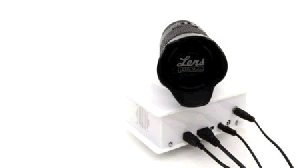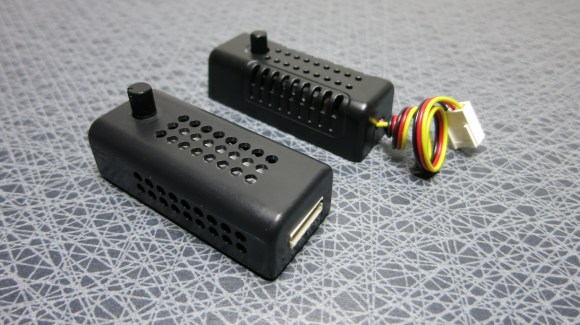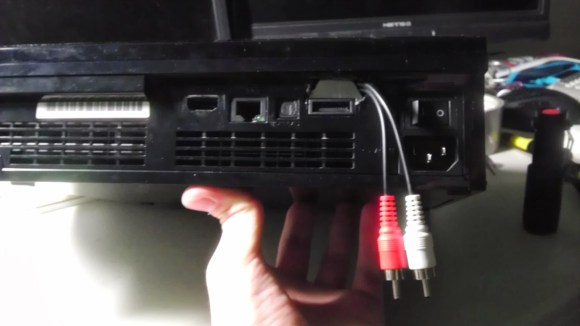
The graphic above wasn’t painstakingly stitched together by rotating a camera lens on a lazy suzan a tiny bit, taking a picture, and repeating the process fifty times. This is high tech stuff, courtesy of Zcapture, a tool for automated 360 degree photography of small objects.
For the last 15 years, [Jared] has been spending a lot of time on eCommerce and found existing solutions to displaying products online to be very lacking. After playing around with the Basic Stamp eight years ago and most recently the Arduino, [jared] decided he would build something to solve his problem – an automated box that takes pictures of a rotating product.
Inside the Zcapture is an Arduino connected to a motor and the software to control Canon and Nikon DSLRs. Put the Zcapture in a soft box, light it up, set up your camera, and you have a computer-controlled lazy suzan robot that will take pictures of any object, then stitch them together into an animated GIF or a fancy eCommerce rotating image viewer


















